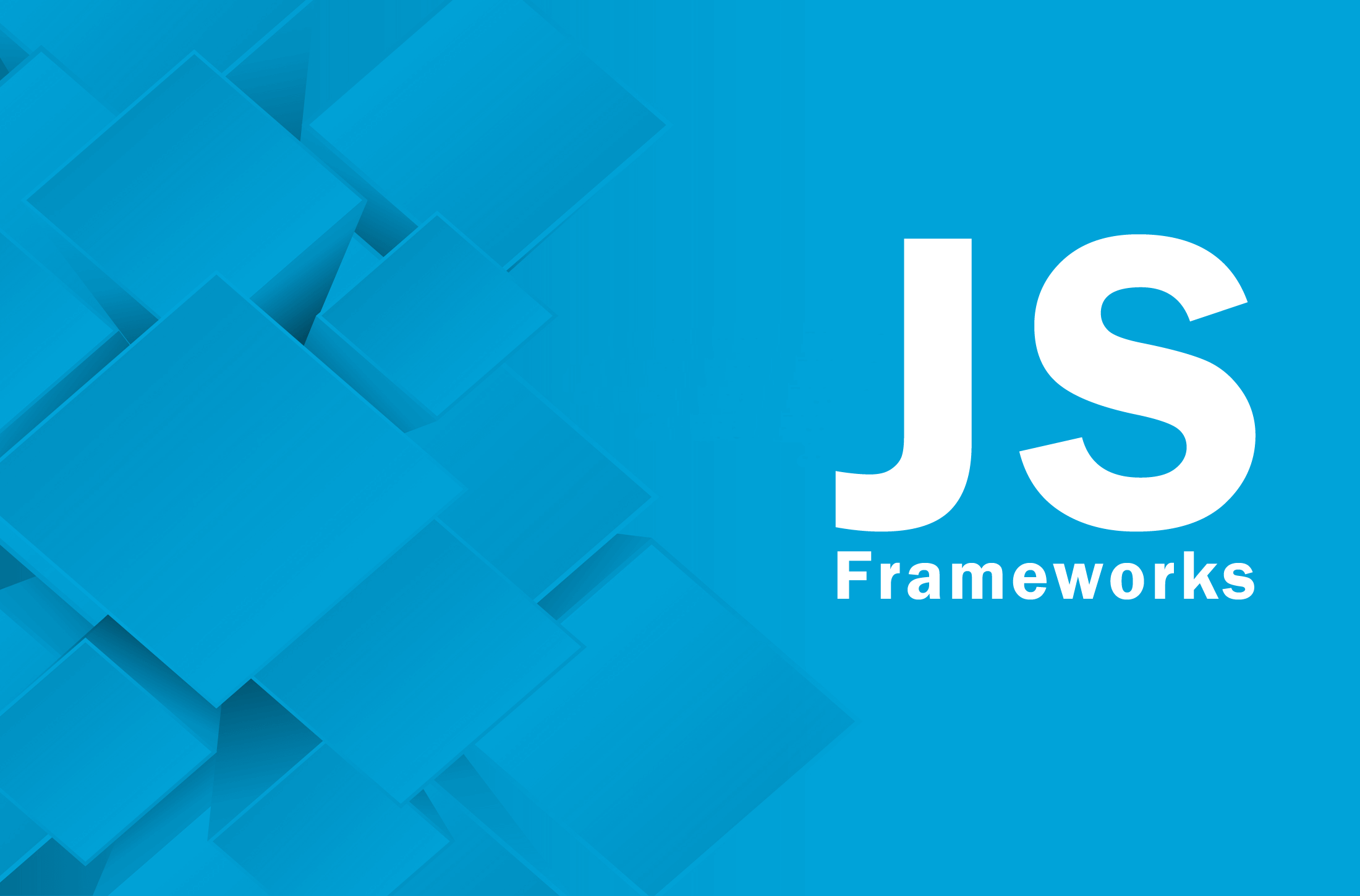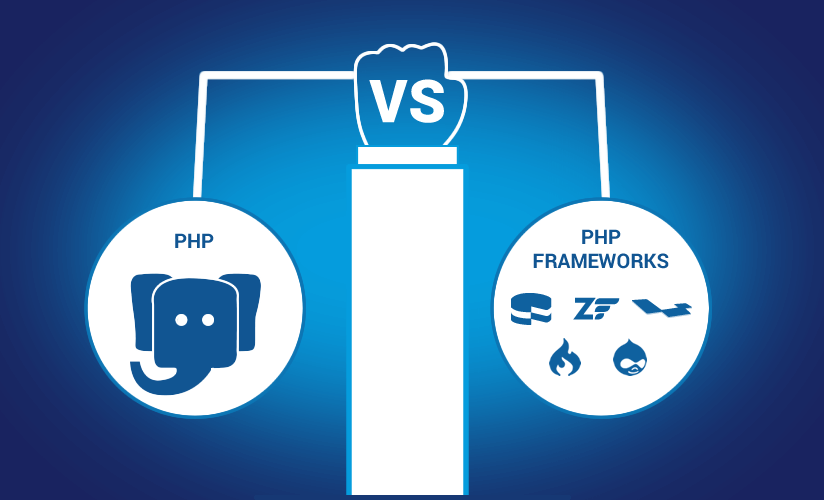React.js Hooks: Simplifying State Management in Your Applications

React.js has emerged as a dominant player in front-end web development, empowering developers to create dynamic and interactive user interfaces. As applications grow in complexity, so does the challenge of managing the state effectively.
Traditionally, React class components were used for state management, but with the introduction of React Hooks, the process has become simpler and more intuitive.
In this blog, we will dive deep into the fundamentals of React.js, understanding the significance of components and the need for state management. We will then delve into the world of React Hooks, comprehending how they revolutionize state management in your applications. So, let’s take the first step!
Understanding React Components
Before we dive into the exciting world of React Hooks, let’s familiarize ourselves with React components. Components are like building blocks in React, encapsulating the logic and rendering of a part of the user interface. They can be classified into two main types: functional components and class components.
- Functional Components: Functional components are the simplest form of React components. They are defined as JavaScript functions that accept props (input data) as arguments and return React elements to represent the UI. Here’s a basic example of a functional component:
import React from 'react';
const Greeting = (props) => {
return Hello, {props.name}!
;};
- Class Components: Class components are more advanced and extend the React.Component class provided by React. They introduce additional features such as lifecycle methods and state management. Here’s an example of a class component:
import React from 'react';
class Counter extends React.Component {
constructor(props) {
super(props);
this.state = {
count: 0,
};
}
increment() {
this.setState((prevState) => ({ count: prevState.count + 1 }));
}
render() {
return (
<div>
<p>Count: {this.state.count}</p>
<button onClick={() => this.increment()}>Increment</button>
</div>
);
}
}
The Need for State Management
State is the data that a component needs to render and behave correctly. It represents the current condition or values relevant to the component’s functionality. As applications grow, the amount of state data to manage increases, making it challenging to keep track of state changes effectively.
Consider a simple form component that needs to manage the input values and respond to user interactions. The state of the form, such as input values and form validity, might change dynamically based on user input. Manually handling and updating this state can lead to complex code and potential bugs.
What are React Hooks?
React Hooks are functions provided by React that allow functional components to use state and other React features previously exclusive to class components. They enable developers to encapsulate stateful logic within functional components, promoting code reuse and modularity.
React Hooks provide a new way of handling state and other React features without the need for class components. They offer an elegant and functional approach to state management, making it easier to write and maintain code.
Advantages of React Hooks
React Hooks bring several advantages to the table, making state management more straightforward and streamlined
- Simplicity: Hooks eliminate the need for class components, reducing boilerplate code and making the component logic easier to understand.
- Code Reusability: With custom Hooks, you can encapsulate logic and share it across different components, enhancing code reusability.
- Functional Approach: Hooks encourage a practical programming approach, making it easier to reason about the code and enabling better optimization.
- No “this” Keyword: Hooks operate within the scope of a functional component, eliminating the confusion and pitfalls related to the use of the “this” keyword.
- Maintainable Lifecycle Logic: Hooks, such as useEffect, provide a more concise way to handle lifecycle events, reducing the complexity of managing side effects.
- Easy Migration: Hooks can be incrementally introduced into existing codebases, making it straightforward to transition from class components to functional components.
Built-in React Hooks Overview
React comes with several built-in Hooks, each serving a specific purpose:
- useState: Allows functional components to have state.
- useEffect: Manages side effects after rendering.
- useContext: Enables consuming data from a React context.
- useReducer: An alternative to useState, often used for more complex state management.
- useCallback and useMemo: Optimization hooks to prevent unnecessary re-renders.
In the following sections, we will explore useState and useEffect, the most commonly used React Hooks for state management and handling side effects, respectively.
Simplifying State Management with useState
The useState Hook is the cornerstone of React Hooks, empowering functional components to have their own state. It provides an elegant way to manage stateful data within functional components.
Working with useState Hook
To use the useState Hook, you import it from the React library:
import React, { useState } from 'react';
Next, you call the useState function and provide an initial value for the state variable:
const [state, setState] = useState(initialValue);
useState returns an array with two elements: the current state value and a function to update that state. You can name the state variable and the update function as per your preference.
Updating State in Functional Components
Once you have initialized the state with useState, updating it is a breeze. You use the update function to change the state value:
setState(newValue);
The component will automatically re-render with the updated state value.
Handling Multiple State Variables
You can use multiple useState Hooks to manage different state variables within a single functional component:
const [count, setCount] = useState(0);
const [message, setMessage] = useState('');
By keeping state variables separate, you maintain clear separation of concerns and make the code more organized.
Managing Side Effects with useEffect
Side effects are tasks that affect something outside the scope of the current function, like data fetching, DOM manipulation, or subscriptions. The useEffect Hook allows functional components to handle side effects after the component has rendered.
Understanding Side Effects
Side effects in React components include tasks like:
- Fetching data from an API
- Subscribing to a data stream
- Updating the DOM
- Managing timers and intervals
Side effects need to be managed properly to avoid issues like memory leaks and performance problems.
Working with useEffect Hook
Using useEffect, you can specify the code that needs to run after the component has rendered:
useEffect(() => {
// Side effect code goes here
});
This effect will run after every render of the component.
Specifying Dependencies for useEffect
To control when the effect should run, you can pass an array of dependencies as the second argument to useEffect:
useEffect(() => {
// Side effect code goes here
}, [dependency1, dependency2]);
The effect will run only when any of the specified dependencies change. If the dependency array is empty, the effect runs only after the initial render.
Other Built-in React Hooks:
Apart from useState and useEffect, React provides other built-in Hooks that cater to specific use cases.
useContext: Consuming Data from Context: The useContext Hook enables components to consume data from a React context created using React.createContext. It saves you from the hassle of prop drilling and provides an elegant way to access data globally within the component tree.
useReducer: Alternative to useState for Complex State Management: While useState is ideal for simple state management, useReducer can handle more complex state transitions. It is often used when multiple state changes are interdependent or when the state logic becomes intricate.
useCallback and useMemo: Performance Optimization Hooks: useCallback and useMemo are optimization Hooks that help in preventing unnecessary re-renders. useCallback memoizes a function so that it remains the same between renders, while useMemo memoizes the result of a computation.
Custom Hooks
One of the most powerful aspects of React Hooks is the ability to create custom Hooks. Custom Hooks allow you to encapsulate and share logic across different components, promoting code reusability.
Creating Custom Hooks: Custom Hooks are regular JavaScript functions that use one or more built-in Hooks. By naming the function with a prefix of “use,” you create a custom Hook:
function useCustomHook() {
// Custom Hook logic goes here
return someValue;
}
Reusing Logic with Custom Hooks
Once you have created a custom Hook, you can use it in different components:
const Component1 = () => {
const value = useCustomHook();
// Use the value in the component
};
const Component2 = () => {
const value = useCustomHook();
// Use the value in another component
};
By reusing the same custom Hook, you ensure that the same logic is applied consistently across multiple components.
Best Practices for Custom Hooks: Custom Hooks are a powerful feature in React that allows developers to encapsulate and share logic across different components. To ensure the effectiveness and maintainability of your custom Hooks, it’s essential to follow some best practices. Let’s explore the key best practices for creating custom Hooks:
Descriptive Naming: Choose descriptive and meaningful names for your custom Hooks. Name them with a prefix of “use” to indicate that they are Hooks. A clear and concise name helps other developers understand the purpose of the Hook immediately.
Single Responsibility Principle: Follow the Single Responsibility Principle when creating custom Hooks. Each custom Hook should have a specific and focused responsibility. Avoid creating Hooks that try to handle multiple unrelated tasks. This makes the Hook more reusable and easier to understand.
Dependency Injection: Allow custom Hooks to accept arguments (props) to customize their behavior. Dependency injection makes the Hook more flexible and adaptable to different scenarios. It enables you to reuse the same Hook with variations based on the provided arguments.
Return Values and Naming Conventions: Consistently define the return values of your custom Hooks. Use meaningful names for the return values, so it’s clear what they represent. Providing a clear documentation comment for the Hook’s return values can also be helpful for other developers using your Hook.
Documentation: Documentation is essential for custom Hooks. Provide clear and concise documentation on how to use the Hook, what arguments it accepts, and what it returns. Include examples and use cases to demonstrate the Hook’s functionality.
Testability: Ensure that your custom Hooks are testable. Write unit tests to verify the Hook’s functionality and handle edge cases. Consider using testing libraries like Jest and React Testing Library to test your Hooks in isolation.
Shareable and Publishable: If your custom Hook is generic and can be used across different projects, consider sharing it as a separate package on package managers like npm. Make sure to include a proper package.json file and version your Hook to allow easy updates and maintainability.
By following these best practices, you can create powerful and reusable custom Hooks that enhance the development experience and make your React components more efficient and maintainable. Remember to document your Hooks and provide clear examples to make it easier for other developers to understand and use them effectively.
How React Hooks are Used: The Real-World Examples
Let’s explore some real-world examples of how React Hooks are used in different applications to manage state and implement various features. These examples will showcase the versatility and power of React Hooks in building interactive and dynamic user interfaces.
Building a Todo List App using useState and useEffect: A Todo List application is a classic example of a dynamic user interface that requires state management. Using the useState Hook, you can easily manage the list of tasks and their completion status. Additionally, the useEffect Hook can be used to fetch data from an API to populate the initial list of tasks.
In this example, the Todo List app allows users to add, edit, and mark tasks as completed. The useState Hook handles the state of the tasks, while useEffect fetches the initial data from an API. As the user interacts with the app, the state is updated, and the UI re-renders accordingly.
Implementing a Dark Mode Toggle with useContext: Dark Mode has become a popular feature in modern web applications. Using the useContext Hook, you can efficiently manage the application’s theme state and provide users with the option to switch between light and dark modes.
In this example, a Dark Mode toggle button is placed at the top of the application. When the user clicks the button, the theme state stored in a React context is updated, triggering a re-render of the components that consume the theme context. Components use the theme context to apply the appropriate styling based on the selected theme.
State Management in a Shopping Cart using useReducer: In an e-commerce application, managing the state of a shopping cart can be complex. The useReducer Hook comes to the rescue, providing a clean and structured way to handle complex state logic and state transitions.
In this example, the shopping cart state is managed using useReducer. Actions are dispatched to the reducer to add items to the cart, remove items, or update quantities. The reducer handles the state transitions based on the dispatched actions, and the shopping cart UI reflects the changes accordingly.
Real-Time Data Dashboard with WebSocket and useEffect: Imagine building a real-time data dashboard that displays live updates from various data sources. The useEffect Hook can be utilized to establish WebSocket connections and handle data updates as they arrive.
In this example, the useEffect Hook is used to establish WebSocket connections to different data sources. When new data arrives, the effect updates the state with the latest information, causing the dashboard components to re-render and display real-time updates
Conclusion:
In conclusion, React.js Hooks have revolutionized state management in React applications, offering a more elegant and functional approach to handling state and side effects. The built-in Hooks like useState, useEffect, useContext, and useReducer provide powerful tools for managing state, while custom Hooks enable code reusability and modularity.
Real-world examples showcased the versatility of React Hooks in building dynamic user interfaces and real-time data dashboards. As you continue your React.js journey, remember to follow best practices for creating custom Hooks and explore the possibilities of combining multiple Hooks for advanced state management.
Ready to unlock the full potential of React.js Hooks in your projects? Imenso Software is your reliable partner. Our expert developers can assist you in creating cutting-edge React applications that elevate your user experiences to new heights. Contact us today and let’s build exceptional user experiences together!
Want more information about our services?
Similar Posts

Top 10 Javascript Frameworks
There are several popular Javascript frameworks out there and there is continuous effort to add more values to the code repository. But with such expanding range of choices, often it is a little confusing to decide on a framework that you actually need. Well, this is when a detailed comparison of the most popular and […]...

Core PHP vs PHP Frameworks
PHP has been a cornerstone of web development for a long time. The LAMP stack (Linux, Apache, MySQL, and PHP) is still a frequently used part of web development, and it is something that people tend to learn in computing courses in college. Today, there are many other frameworks that web applications can be built […]...

A Comprehensive Guide to Embedded Software Development for Businesses
In an increasingly interconnected world, businesses across various industries rely on embedded systems to power their products and services. Embedded software development is a specialized field that creates software solutions tailored for these systems. In this comprehensive guide, we will explore what embedded software development entails, highlight the reasons for businesses to invest in it, […]...






